Speculative Yangon city mega-project draws ‘white elephant’ concerns for Myanmar

A boatman operates on the western bank of Yangon, with the growing skyline of the east behind him. (Photo: Jack Board)
YANGON: On the western bank of the muddy Hlaing River, development and prosperity is a distant view. It can be seen across the expanse of water in the rising apartment blocks, office buildings and grinding industry.
Over there is Yangon proper, a city of some six million people and the economic hub of Myanmar. Over here is a simpler life of small villages, struggling rice fields and roads as bumpy as local prospects.
But both the landscape and the outlook of the population on the western bank are set for dramatic change in the coming years. A mega project is planned on this land, a new metropolis to be powered by Chinese money.
The New Yangon City project is an ambitious and controversial idea in its early conception days. The grand vision of Yangon’s regional government, which created the New Yangon City Development Company (NYDC) in March last year to partner with a Chinese state investment firm, is to build a brand new smart and “liveable” city with a population of 1.2 million people by 2050.
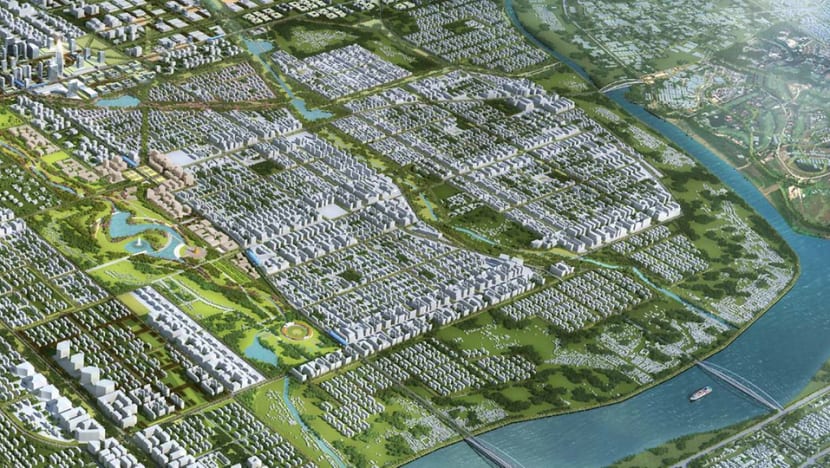
Faced with worsening congestion, urban sprawl and unreliable electricity and water supply, it is the government’s plan to ease looming urban troubles in Yangon, while spreading economic development to a long neglected region.
It would also be a futuristic projection of Myanmar ambition with designated green spaces, world class technology, an innovation hub, cultural corridor and hundreds of thousands of new houses. The project also promises to generate nearly one million new jobs. The first phase is budgeted to cost about US$1.5 billion.
Despite the lofty targets though, the project appears years from taking shape with fierce opposition among lawmakers and experts. The criticisms range from the lack of detail, to procedure problems, foreign influences, environmental concerns and the very nature of the project itself.
FEARS OF A GHOST
Myanmar has experienced a chequered past few years in relation to large foreign funded infrastructure projects. It means the involvement of China in this one is a concern for some of its critics.
Beijing is seeking to solidify the China-Myanmar Economic Corridor, as part of its more expansive Belt and Road Initiative. China has invested heavily in the energy and resources sector over the past two decades in Myanmar before shifting its priorities to infrastructure, including rail, and special economic zones around the country.
The nature of its investments has raised concerns among some, according to Khine Win, the executive director of Sandhi Governance Institute, a group that promotes democratic governance in Myanmar.
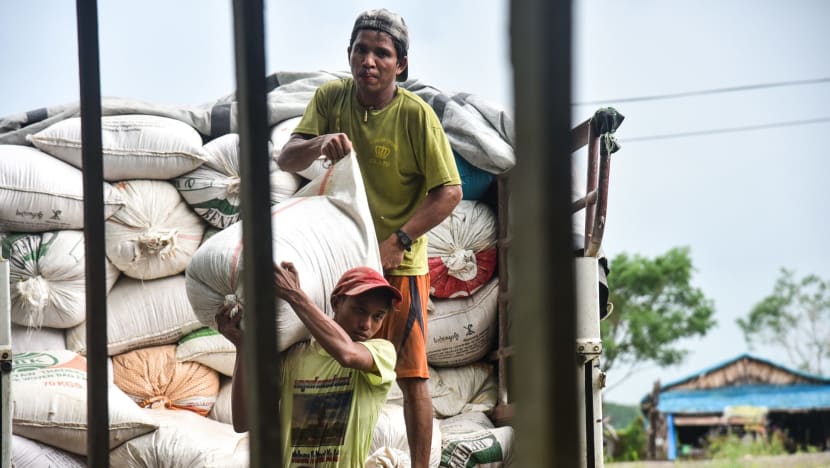
“When we look at Chinese investment in our country, the track record is not good. I don’t understand why they want to implement mega projects,” he said. “Not all their projects are successful so now there are backlashes in many places.
“The Chinese have invested in energy and the resources sector, extractive, so people think they exploit it. They need to change this perception,” he said.
Given the relative economic vulnerability of Myanmar, he believes the union government cannot allow New Yangon City to fail, or become a white elephant like other projects including the Myitsone Dam and Dawei Special Economic Zone.
“The infrastructure and economic development must go hand in hand. Maybe we’ll have a new city but that can turn into a ghost city or an unproductive asset,” he said.
“Our country is poor so we need to allocate our resources very carefully. We cannot waste money. We cannot afford to rush. Governments in Asia must set the priorities and maintain the ownership, that’s very important.”
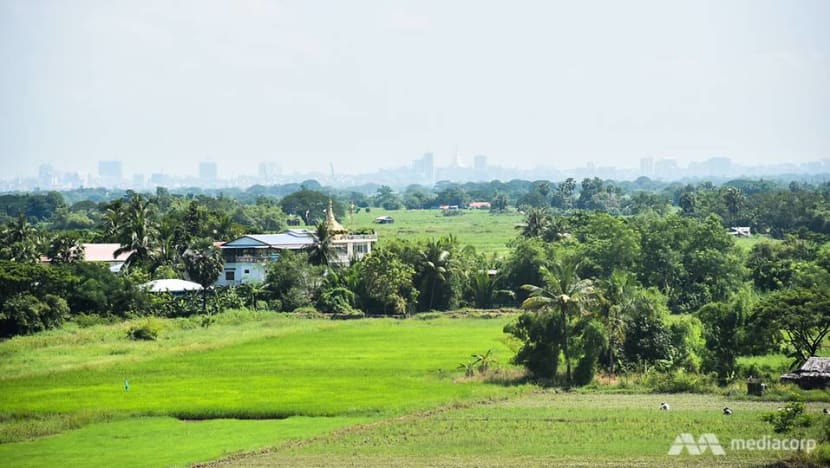
He agrees with Naing Ko Ko, from the Centre for International Governance & Justice at the Australian National University that State Counsellor Aung San Suu Kyi and her party appear to be taking the necessary measures to ensure the New Yangon City project will only go ahead if it is feasible.
“Myanmar’s new trade negotiators are quite aware of white-elephant projects and debt-trap problems after they have been living under the militarized regimes,” Naing Ko Ko said, adding that diversifying investment beyond the Chinese would be a prudent move.
HIGH WATERS
Others question the merits of building a city from scratch rather than addressing the problems that already exist in Yangon.
“What we do need is to improve our transportation system, improve our water supply and drainage and all other infrastructure. That is more important for me than building a new city,” said urban planning expert Dr Kyaw Latt.
“Urban areas exist for many thousands of years. It’s not like a shirt that you throw away when it’s old,” he said.
The fast expansion of Yangon can be largely explained by internal migration, which has exacerbated unequal economic development compared to other parts of the country. Dr Kyaw Latt wants to see more emphasis on diversified development in mid-sized cities like Lashio or Myitkyina.

“It will be unfair to invest a lot of money again in Yangon,” he said. “The national issue is what will the other people think, the people from other states?”
To save vast amounts of money, he points to a large swathe of land of about 20,000 hectares in the southern bounds of Yangon that are mostly already in government hands that would be fit for purpose given the city’s fast growth. “We don’t need more land,” he said.
The New Yangon City development area is flood prone - from storm surges, heavy rainfall and river discharge - and pressing questions remain about the potentially astronomical costs that could be associated with reducing these risks in the new city.

In a flood risk mitigation assessment released by NYDC in August, it was recommended that a US$100 million dyke system be built along the city’s waterfront area. The damage that could be caused if these measures were not taken were estimated at US$1.2 billion at current sea water levels.
Yet some experts have projected that moving water away from the western banks of Yangon will only make flooding worse in parts of the east.
It has not stopped the regional government making its first moves.
‘WE DON’T MIND IF CHINA DOES IT’
Last month, Yangon’s chief minister, Phyo Min Thein, held a presentation ceremony to local landowners, assuring them of compensation for their farming acreage in the form of future urban land blocks. Land acquisition is an early strategy for the government in lieu of a green light to begin construction of the new city.
“Successive governments have focused urban developing work on the eastern side of the Yangon city,” Phyo Min Thein told a small audience. “Since we took office, we have focused on projects to develop the western side of the Yangon River, “ he said, citing a local township project in Hlaing Tharyar, where an industrial zone has been built as a “pilot project” for further urban expansion in the area.
“It is a chance for urban expansion. If we manage it correctly, we can turn it into an opportunity to make Yangon develop,” he said.
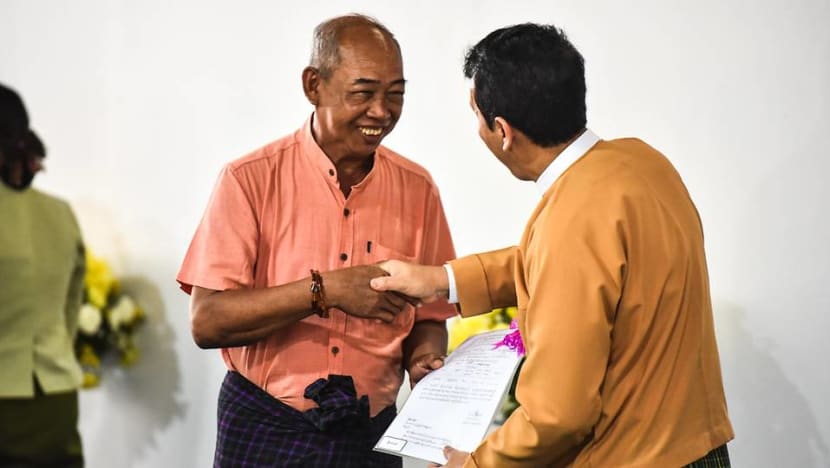
One of those receiving official documentation at the ceremony was Khin Zaw, a small-plot landowner in an area that will be compulsorily acquired by NYDC. The presentation gave him a reassurance that the project would actually go ahead. “Before this, there is only a 50/50 possibility,” he reasoned.
A lack of basic services and infrastructure has perennially hobbled the western bank villages, he said. The flood prone nature of the area means agricultural development has been limited and poor yielding, leading farm land to be abandoned for that purpose in some parts.
Khin Zaw is hoping for a hospital, a high school and job opportunities - all things missing at present for locals. “Those who are against it may have their reasons. And probably they are not from this area. They may not know how we suffer,” he said.
“We have a strong desire to have a city, no matter who builds it. We don’t mind if China does it because China has been present in the country since a long time ago. Our country has almost become a part of China.”

Despite the step to begin land acquisitions, there are parliamentary hurdles the NYDC will still need to overcome. Kyaw Zaya, the secretary of Yangon Regional Parliament’s Finance, Planning and Economic Committee, will play a key role in preventing the project going forward without clearer guidelines. He has plenty of questions that he says remain unanswered by NYDC.
“Is the planning good? How will they prepare for the environmental and social impact? Will it be economically beneficial? What are the job opportunities for local people? What is the project timeframe? And the investment model? These kinds of things should be clear,” he told CNA.
The project was initially approved by the previous parliament under the military-led United Solidarity and Development Party. It is on that basis that the chief minister is pushing ahead with his plan, without reintroducing it for debate and a vote in the current parliament. However, the details of the project have significantly changed since, including about how it will be paid for.
“I dare to say that the project will not move forward without parliament’s approval,” Kyaw Zaya said.
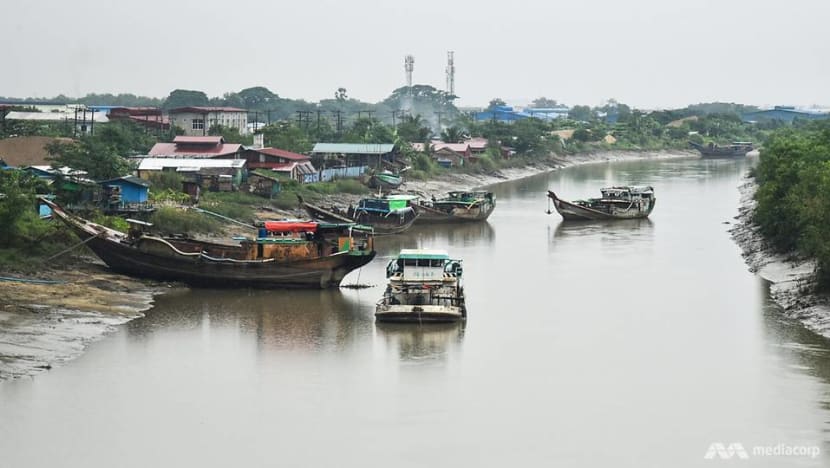
The uncertainty has not stopped fierce land speculation occurring in the potential project area for the past few years, since whispers of it first began. It has led to outsiders buying up large plots from locals, hoping to weave a fortune when they are re-purposed by NYDC.
For the residents themselves in communities likely to be affected, there remains a lack of information. Most villagers CNA spoke with had no clear understanding of what the project would mean for them in the future.
“If it actually happens, our family business would definitely be impacted,” said Hein Ko Soe, whose family runs a small rice mill near Lower Tamatakaw village.
“But there is no reason we should worry about it, at least for years to come, because I believe it will not happen.”
At this stage, there are many people that think the same way.
Additional reporting by Kyaw Ye Lynn.














